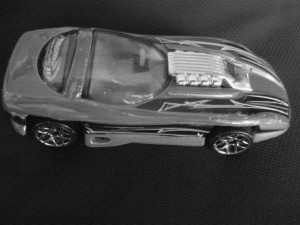 False.
False.
Every time my wife and I contemplate buying a different vehicle, we spend a lot of time walking around car dealerships and examining our many options. The first thing I usually notice when looking for a new car is the price tag. My reaction is often one of sheer horror—followed by disbelief—and this question: can that really be the correct price for this vehicle? Shortly after the sticker shock wears off, I take a good look at the color and ask myself: is this a color I can tolerate for the next five or even ten years? Inevitably, we come to a shiny red car and I have to sit in it, just for fun. I’ve always believed the old saying that red cars get pulled over more often for speeding. Just sitting idly in the showroom, they look fast. It turns out that there has not been a lot of research examining whether the color of vehicles impacts the frequency at which the drivers of those vehicles get stopped and/or ticketed. However, the little research that is available suggests that this is just an old wives’ tale or urban legend. Newman and Willis (1993) conducted the only published study I could find looking at car color and the chance of getting a speeding ticket. These authors monitored speeding tickets over a twenty-two month period and compared the frequency of tickets by car color to the frequency of cars on the road with those colors. They found that red cars get ticketed about the same amount as gray and brown cars. About ninety-five percent of the tickets in this study were the result of using radar, and many times when radar is used the speed is already obtained before an officer notices the color of the car. Some think that red cars give the appearance of going faster; there really is no good scientific evidence for this either. So go ahead and buy the bright shiny red car without fear of being pulled over and ticketed more often.
Reference:
Newman, M. and Willis, F. Bright cars and speeding tickets. Journal of Applied Social Psychology (1993), Vol 23, pp. 79-83.
